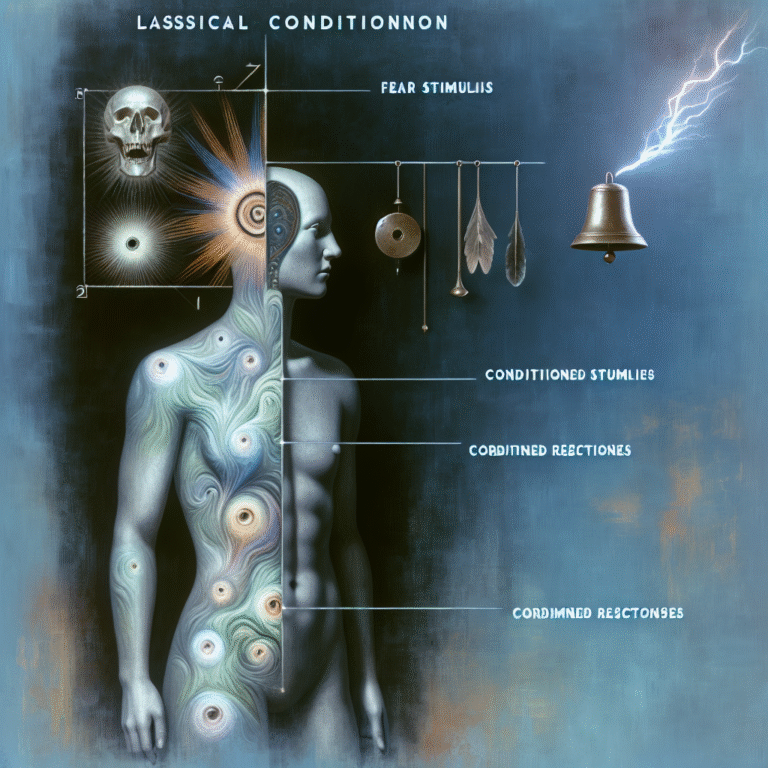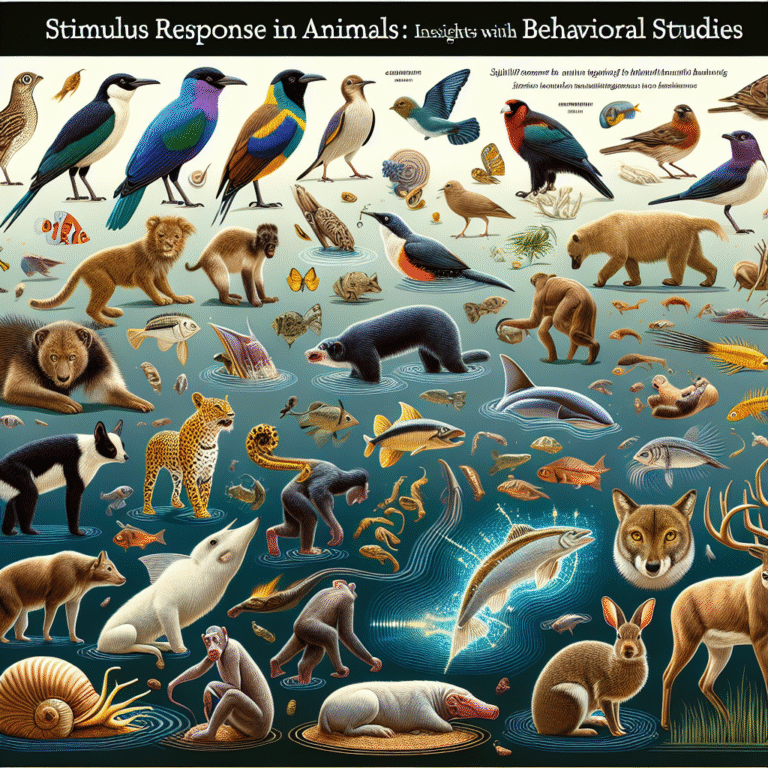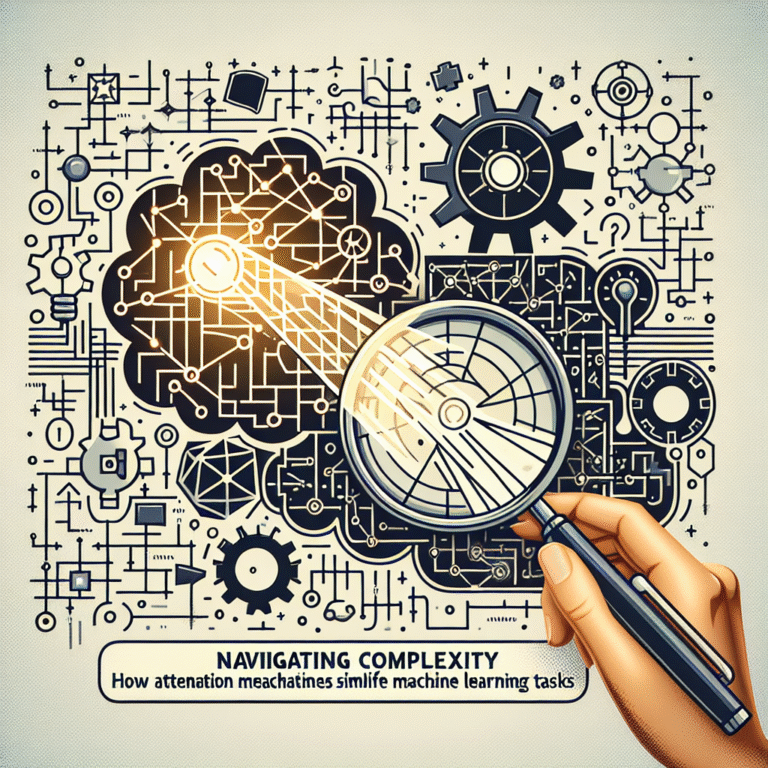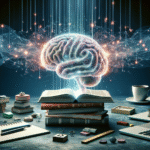
Introduction
Motor learning in children is not just about acquiring physical skills; it’s about laying the groundwork for lifelong success. Whether it’s throwing a ball, mastering the art of writing, or simply learning to ride a bike, the experiences children have during their early years create lasting effects on their physical and cognitive development. In today’s fast-paced world, understanding motor learning in children has become essential for parents, educators, and caregivers. The capacity to learn motor skills influences a child’s confidence, social interactions, and overall well-being. This article will delve deeply into motor learning in children, exploring proven strategies, case studies, and actionable insights aimed at building foundations for lifelong skills.
Understanding Motor Learning: A Brief Overview
Motor learning can be defined as the process through which children develop the ability to coordinate their movements. It involves three key components:
-
Cognitive Phase: This is when children grasp the fundamental understanding of what they need to do. They often rely on visual feedback and verbal cues.
-
Associative Phase: At this stage, kids begin to refine their skills. They make fewer errors and become more consistent in their performance.
- Autonomous Phase: Finally, the skills learned become second nature, and children can perform them automatically, allowing them to focus on other tasks, such as playing with peers.
These phases highlight the dynamic nature of motor learning in children, showcasing how each step is critical in building lasting competency.
The Importance of Motor Learning in Early Childhood
Motor learning sets the stage for several developmental milestones. With effective motor skills, children experience enhanced self-esteem and confidence, leading to improved social skills and academic performance.
Enhancing Physical Development
One of the most straightforward benefits of motor learning in children is its relation to physical development. Active engagement in learning motor skills can enhance:
-
Gross Motor Skills: Running, jumping, and climbing are essential for physical health.
- Fine Motor Skills: Activities such as drawing, writing, and manipulating small objects enhance dexterity and hand-eye coordination.
Cognitive Development
Research has shown a strong connection between motor skills and cognitive function. Physical activity stimulates brain development, enhances memory, and improves problem-solving skills. Studies indicate that children who engage in regular motor-based play tend to excel academically.
Social Interaction
More often than not, learning motor skills is a social endeavor. Group activities such as team sports not only improve physical health but also foster teamwork, communication skills, and emotional regulation.
Case Study: The Impact of Play on Motor Learning
A study conducted in a suburban school district documented the effects of a structured play program on children’s motor skills.
Overview of the Study
The program included activities designed to enhance both gross and fine motor skills among preschoolers. Children aged 4-5 participated in various physical tasks, from obstacle courses to dance routines. The aim was to provide a stimulating environment that promoted active learning.
Findings
-
Improved Motor Skills: Data showed a 40% increase in children’s abilities to perform tasks like balancing and catching a ball after six months.
- Social Skills Enhancement: Teachers noted improved interaction among peers, as group activities encouraged cooperation and communication.
Analysis
This case study illustrates the importance of integrating play into structured learning to facilitate motor learning in children. The link between physical play and social interaction serves as a stepping stone toward lifelong skills.
Strategies for Effective Motor Learning in Children
1. Structured Play
Structured play is purposeful activity that takes place in a controlled environment with specific goals. Incorporating games focused on motor skills can enhance physical and cognitive development.
2. Free Play
Free play allows for creativity and exploration. Children learn to navigate their environments, thereby developing problem-solving skills that are vital in motor learning.
3. Repetition and Practice
Repetition is key in mastering motor skills. Creating opportunities for children to practice skills regularly helps solidify their newly learned abilities.
4. Feedback and Encouragement
Providing constructive feedback can enhance a child’s understanding of their performance. Positive reinforcement can boost their confidence and motivate them to continue improving.
Tools for Optimizing Motor Learning
Below is a table outlining simple tools and resources to enhance motor learning in children:
| Tool | Purpose | Example Activities |
|---|---|---|
| Climbing frames | Improve gross motor skills | Climbing, crawling, and balancing |
| Manipulative toys | Enhance fine motor skills | Puzzles, building blocks, and threading beads |
| Rhythm instruments | Boost coordination | Drumming or playing simple musical instruments |
| Art supplies | Foster creativity and dexterity | Painting, drawing, and crafting projects |
Case Study: Technology in Motor Learning
A groundbreaking study at a technology-focused elementary school explored the effects of using digital platforms to enhance motor learning.
Overview of the Study
Children aged 6 to 8 were introduced to interactive motor skill games on tablets, designed to improve hand-eye coordination and fine motor skills. The program included music-based games and movement challenges.
Findings
-
Engagement: Children showed increased enthusiasm toward physical activities when combined with technology.
- Skill Improvement: Data revealed a significant increase in fine motor skills in participants, with an average improvement of 30%.
Analysis
The integration of technology in motor learning has significant potential. Engaging children through digital platforms can make learning both fun and effective, thereby bridging the gap between traditional methods and modern techniques.
Creating a Supportive Environment for Motor Learning
Building foundations for lifelong skills requires a supportive environment that encourages children to explore and master motor skills.
Home Environment
Parents and caregivers can create an enriching environment by:
- Providing accessible space for physical activities.
- Encouraging outdoor play, which promotes exploration.
- Offering diverse toys that stimulate both gross and fine motor skill development.
School Environment
Educators can enhance motor learning by:
- Incorporating movement breaks into the school day.
- Designing curricula that include physical activities.
- Offering after-school programs that focus on sports and recreational activities.
The Role of Parents and Educators
The collaborative effort between parents and educators is vital in promoting motor learning in children. Both parties should work hand-in-hand to:
- Share observations about children’s progress and challenges.
- Support consistent strategies between home and school environments.
- Celebrate achievements, no matter how small, to foster a positive attitude toward learning.
Conclusion
Motor learning in children is a multifaceted process that lays the groundwork for lifelong skills. By understanding the importance of physical activity, structured play, and supportive environments, parents and educators can empower children to develop exceptional motor skills. The journey of mastery might be filled with challenges, but with persistence, encouragement, and the right strategies, children can unlock their full potential.
Let this article serve as a motivational guide in your quest to provide children with the foundational skills they need to embrace a successful, active life. The journey of motor learning is just the beginning of a lifetime of exploration and growth.
FAQs
1. What are the different phases of motor learning?
Motor learning is categorized into three phases: cognitive, associative, and autonomous. Each phase represents a step in mastering a new skill.
2. How can I incorporate motor learning into my child’s daily routine?
You can integrate motor learning through structured and free play, providing tools and opportunities for practice tailored to your child’s interests.
3. What role does technology play in motor learning?
Technology can enhance engagement and facilitate skill learning through interactive games and applications that focus on developing motor skills.
4. How can parents and educators collaborate for effective motor learning?
Open communication between parents and educators regarding children’s progress, shared strategies, and celebrating achievements creates a supportive environment conducive to learning.
5. What types of activities specifically improve fine motor skills?
Activities like drawing, playing with clay, threading beads, and using scissors not only improve fine motor skills but also enhance creativity and focus.
By focusing on motor learning in children and incorporating elements discussed in this article, we can truly start to build the foundations for lifelong skills that will enrich their lives.















